The animated series Trese, based on the graphic novels by Budjette Tan and Kajo Baldisimo has gained an occult following as of late. As of writing, it’s currently the number one show on Netflix Philippines and is accumulating thousands of new fans thanks to the excellent work of the cast and crew that made the show possible. But as great as the show is, it’s not perfect – and there’s plenty of conversations online on what the show nailed, and what it needs to improve on for Seasons 2 (please Netflix!). So, here’s 5 reasons why we loved Trese along with 5 things that need to be improved on:
Loved: The Detailed and Well-Crated Animation
The first thing that draws you in when watching Trese is the quality and attention to detail by its animators. While it does its best to stay true to the source material (which was in black and white), the colors used in the animated version are enough to bring a breath of fresh air to the story and characters. The overall gloomy, eerie, and dark-natured mood found in the comics is still very much present in the show. In addition to this, the transitions and smooth flow in each scene are worth mentioning. From the simple and laid-back conversations between characters down to the intricate and fast-paced movements in iconic battle sequences — Trese is excellently done and leaves viewers captivated in its visuals.
Needs Improvement: Over The Top Gore and Violence
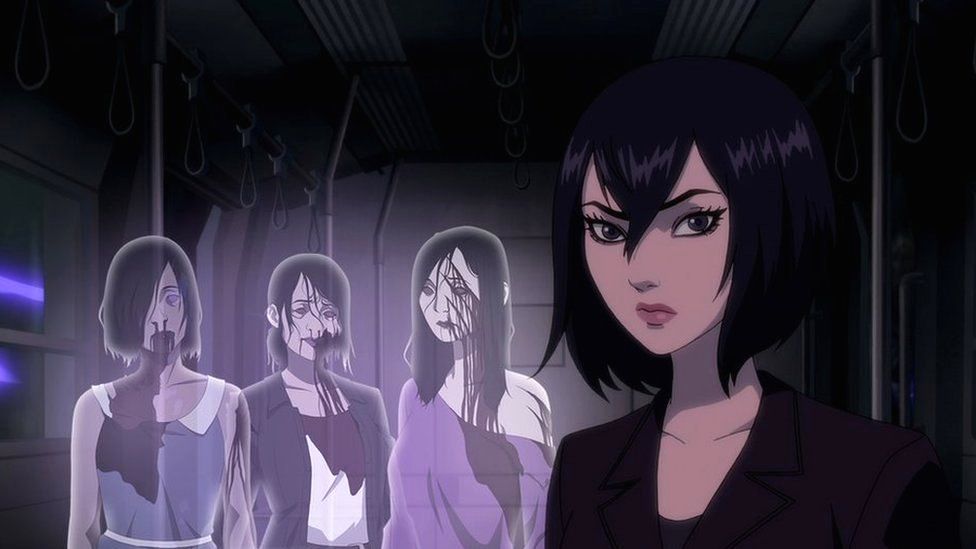
The action and fight sequence in the series was just sublime. The gore and bloodshed in some scenes, however, may be too over the top. Don’t get us wrong, we loved every bit of it, but somehow it tended to border on being unnecessarily gory and goofy. The mature content that Trese offers is exactly what the show needed, however after a while it felt like the gore was being added mostly for gore’s sake, and didn’t really add much to the story as a whole.
Loved: The Well-Written Story
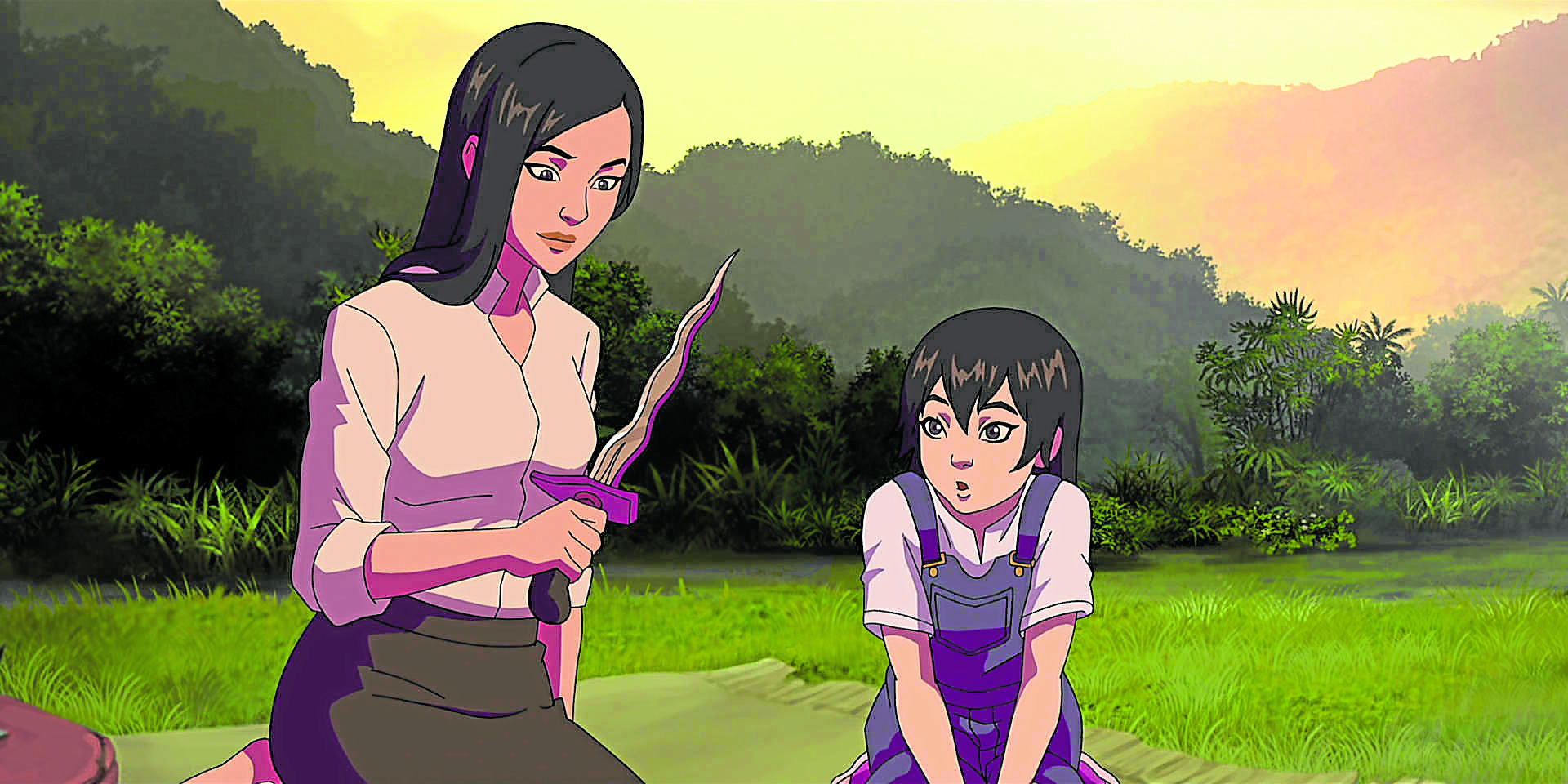
Trese follows an almost Western treatment in the way that the series is formatted, by having somewhat an individual story for each episode under a bigger umbrella story arc that runs throughout the entire series. In each episode, a specific case is revealed and solved within the 30 minutes running time while painting an even bigger story that is at play. It all comes to a head-on collision in the last two episodes that neatly ties every story altogether in a very satisfying manner. We also need to point out another highlight in the story which is the characterization of the main villain — we won’t spoil who it is but we are referring to the big baddie in this series. The character, with typical bad guy tropes complete with all the unredeemable qualities of one, steals the show and is a great contrast to our titular character, Trese.
Needs Improvement: The Slow Buildup in the Main Story Arc
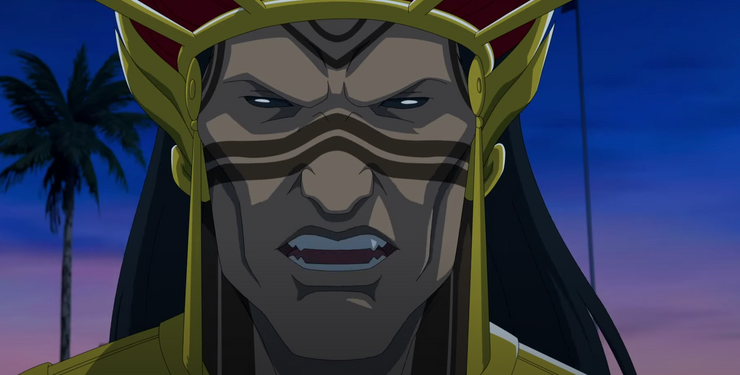
Despite each episode being engaging on its own, when the show is taken as a whole it is a slow burn to get to the climactic twists and turns of the overarching storyline. The setup for the entire season is found in the first 4 episodes and things really pick up in the latter parts of the show. There is still a phenomenal story that goes on along the way and the payoff is huge as you inch closer and closer to the show’s finale.
Loved: The Brilliant Integration of Philippine Mythology and Culture
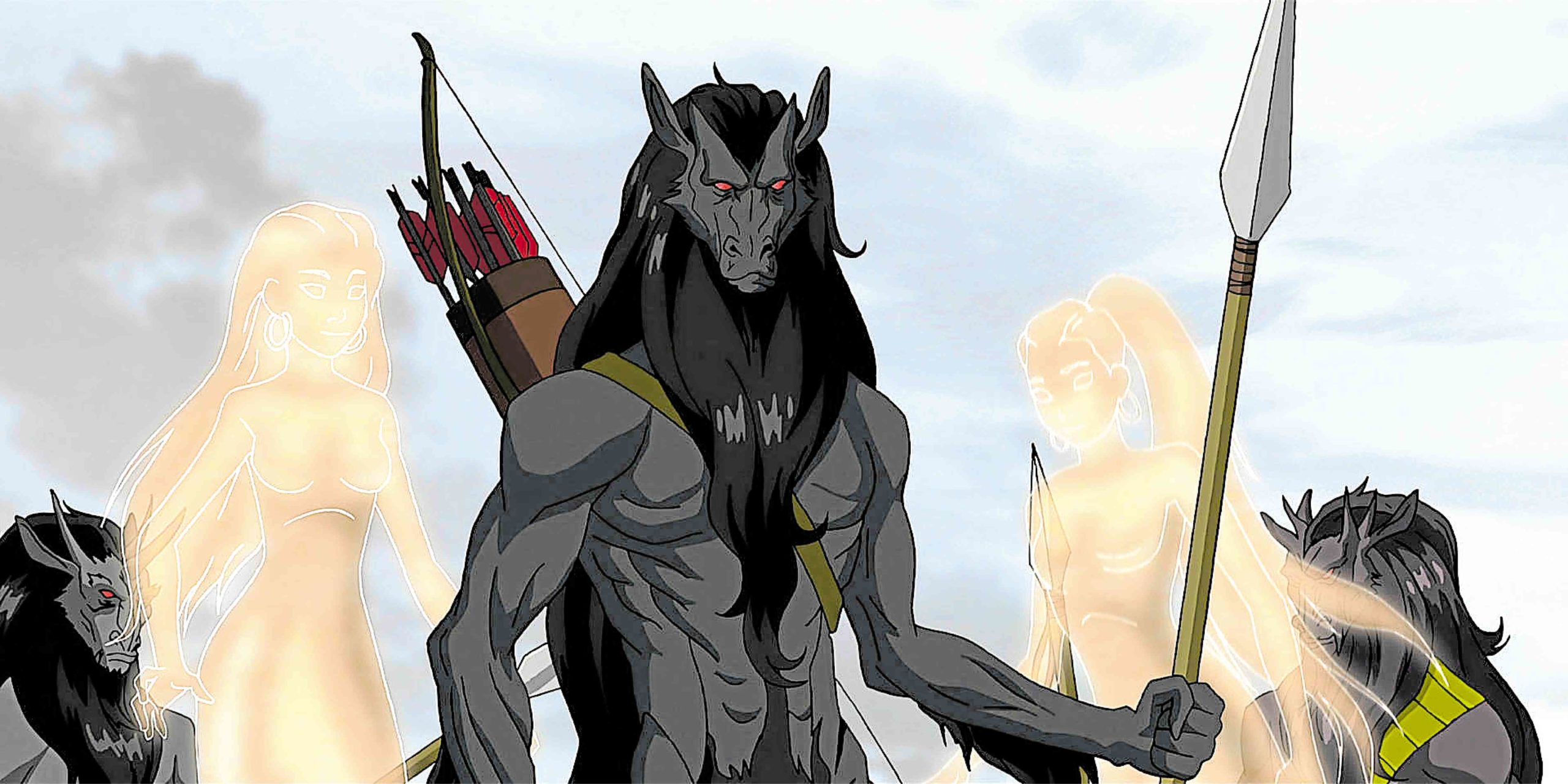
There hasn’t been a show that really explored the rich mythology that’s present in South East Asian countries like the Philippines until this show came along. Trese opens the door for more Filipino and distinctly SEA mythologies to take center stage. The beliefs, myths, and culture of the Philippines highlighted in this series give a nostalgic experience specifically for Filipinos. From the mythological creatures we grew up hearing about such as the tikbalangs, aswangs, and tiyanaks down to the little easter eggs such as ChocNut, the MRT, and Jolibee, Trese is a showcase of everything that makes us who we are. Interestingly, we are also shown both the positive and negative qualities that revolve around our identity as a nation — including our messy political climate for example — that deserve a much-needed moment of internal reflection on our parts.
Needs Improvement: The Short Duration of the Show
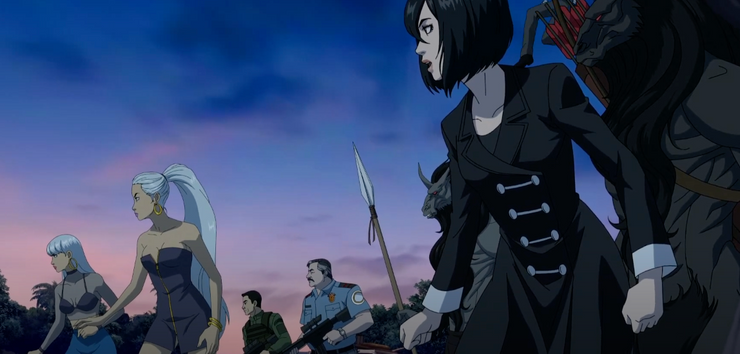
Trese with all its grandeur was admittedly a show that ended sooner than we hoped. The engaging quality of the series points to its brilliance but just as everything collided into a wonderfully played-out masterpiece — suddenly without warning it all just ended. The ending left us all hanging and clamoring for more. This of course leaves room for more in the future for Trese which leaves fans excited for what comes next for all our beloved characters.
Loved: The Script Writing Ability of its Creators

The opening monologue of Trese is hands down a poetic moment especially hearing it in the Filipino language. The choices of words despite being so-called “deep” in nature, eloquently start the series in the right direction. The dialogue in general both in the Filipino and American audio formats showcases impeccable writing skills that carry the story along. The combination therefore of amazing visuals and complex yet perfectly crafted dialogues elevates this animated show into a league of its own.
Needs Improvement: The Predictability of Major Plot Twists

The impeccable dialogues pointed to a great script all together however some of the major plot “twist” became a bit too predictable. The grand reveal of the story’s main villain and the mastermind behind all of the chaos since the pilot episode became somewhat expected when you reach the middle parts of the show. That’s not to say that it wasn’t worth it — because it was — however the so-called “secret” wasn’t as surprising as we would have hoped for.
Loved: The Performances from the Voice Actors
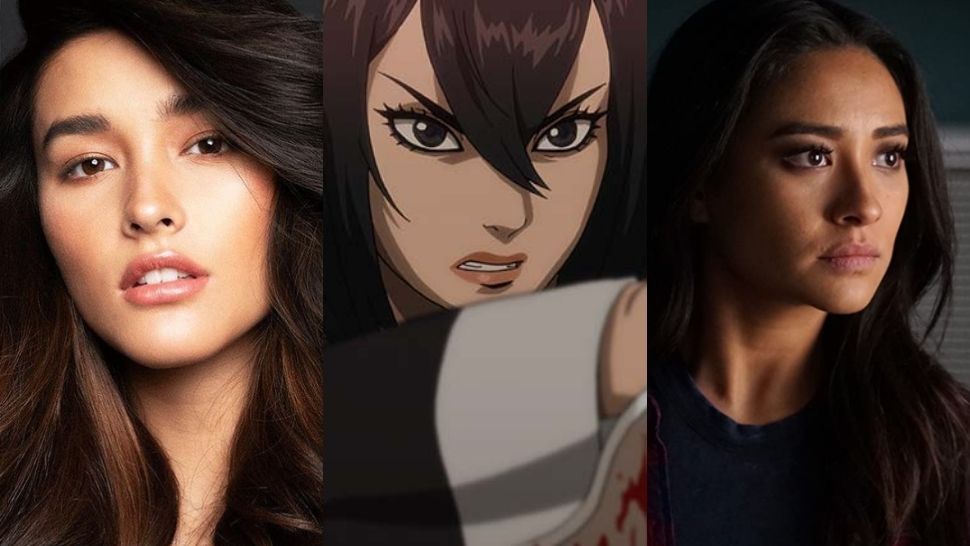
The performances of the voice actors and even the decision of which audio format to watch the series in —whether in English or in Tagalog — is an aspect of the series that has audiences split into two opposing factions. In totality, however, the series contains remarkable performances by its voice actors on both versions. Despite this, there are still a lot of stand-out performances. In the English version, the standout is Shay Mitchell as she gives a well-rounded, dynamic, and engaging performance as Trese. In the Filipino format, on the other hand, the collective performance of the ensemble is what makes the show a worthwhile experience — perfectly complimenting each other and adding humor and emotion that can only be done in the said language.
Needs Improvement: How Filipinos View Philippine Made Content

The aftermath of the show has caused a disparity in views regarding the portrayal of Filipino actress, Liza Soberano, as the titular character. Filipino viewers have either criticized the monotonous delivery of the actress while others have stood to defend Liza. We dislike this particular occurrence because of arguments surfacing that the negative criticism is a stance against nationalism and a sign of crab mentality. This however was not the case. The actress did an amazing job for her first time as a voice actress but also needs further improvement in this skill. There must be a balance of openly giving constructive feedback and praising the points that were done right which in this case are both applicable for the actress.
Trese Review verdict:
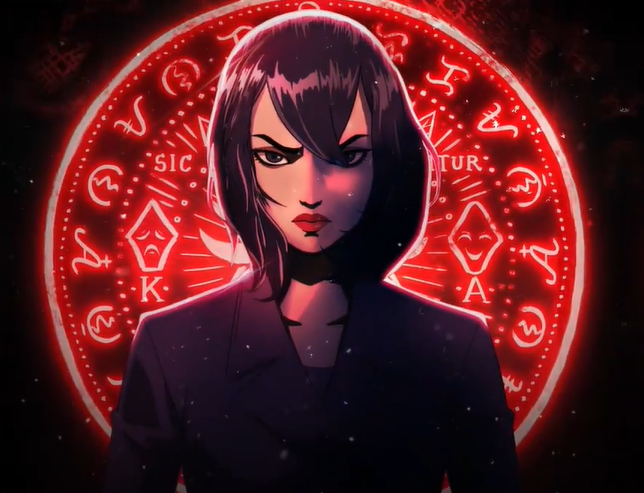
Taking all of these into consideration, Trese is a show you shouldn’t miss. It is an expressive masterpiece that highlights all the great and nitty-gritty qualities of our nation. It goes beyond being a Philippine folklore story but also serves as a timely message for and one that amps up the pride in every Filipino. Trese is a gateway to endless opportunities for Filipino art in every shape or form to reach a global audience.
For more articles on Trese:
- Netflix Drops Official Trailer for Trese
- 5 Filipino Graphic Novels That Deserve Their Own Netflix Show

















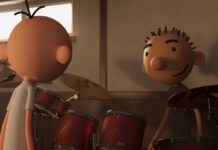



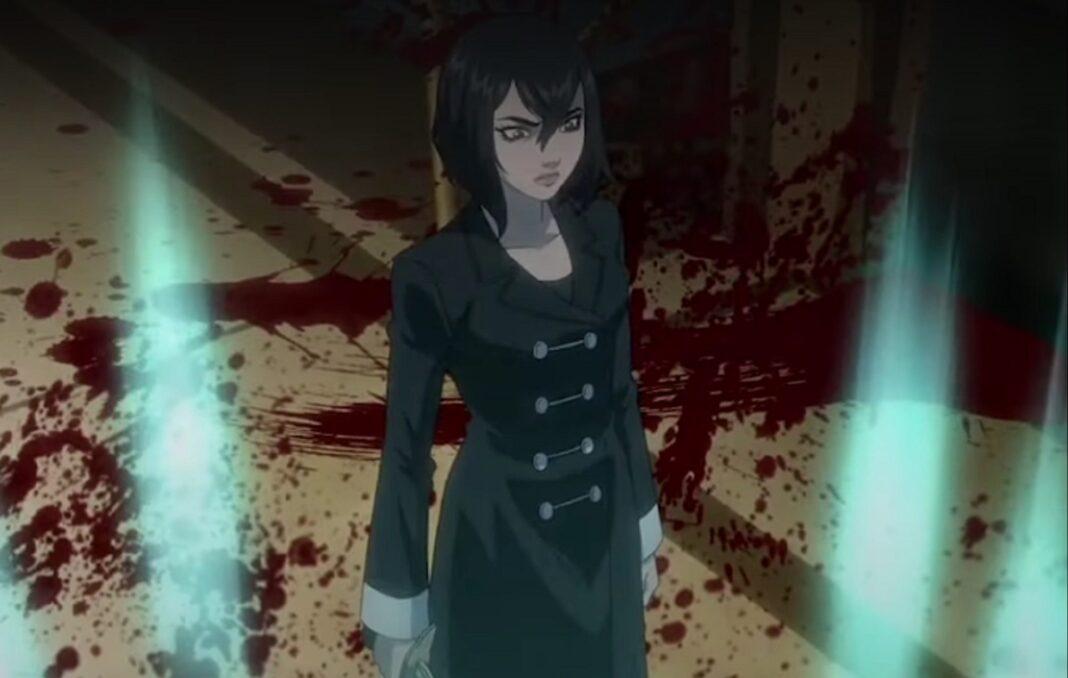

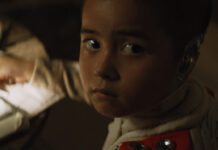


I’ve seen the entirety of Trese, and it was terrible. Both the technical aspect and the writing of the show feels like it’s 10-20 years behind. Sure, you can attribute the clunky animation to budget restrictions, but in the age of technical marvels like Jujutsu Kaisen and Demon Slayer, people are allowed to expect a little more than moving slides, right? because at times, that’s what the show looks like.
What i’m seeing most discussed online, is the unanimous opinion that Liza Soberano was miscast as Trese for sounding monotonous and for various other reasons. The thing is, most of the voices in the show weren’t done well, similar to a lot of tagalog movies, the characters sound unnatural. You can argue that the show is a work of fiction, but you can never go wrong with grounding conversations close to reality (if the conversations are constructed the same way as how normal people converse on a daily basis it doesn’t matter what kind of bullshit you see on screen, it’d be believable), this goes for both the delivery and the unbearable writing the show has. I’m not sure if the writing was taken directly from the source material but the show’s writing wasn’t remotely good. For a show that paints itself a supernatural detective show, it does not feel that way at all, instead of making the audience think, you just kinda go along with the motions but the motions weren’t paced well as well. Again, people might argue that the source material was from 15 years ago hence how dated the conversations and pacing is. The obvious comparison would be to DC Vertigo’s Hellblazer which came out 15 years earlier than Trese and arguably the comic that did the schtick correctly.
The Filipino folklore is home to miriad of interesting stories and creatures that would rival the creativity of Lovecraft(a stretch). Unfortunately, Trese is not a good representation of that.